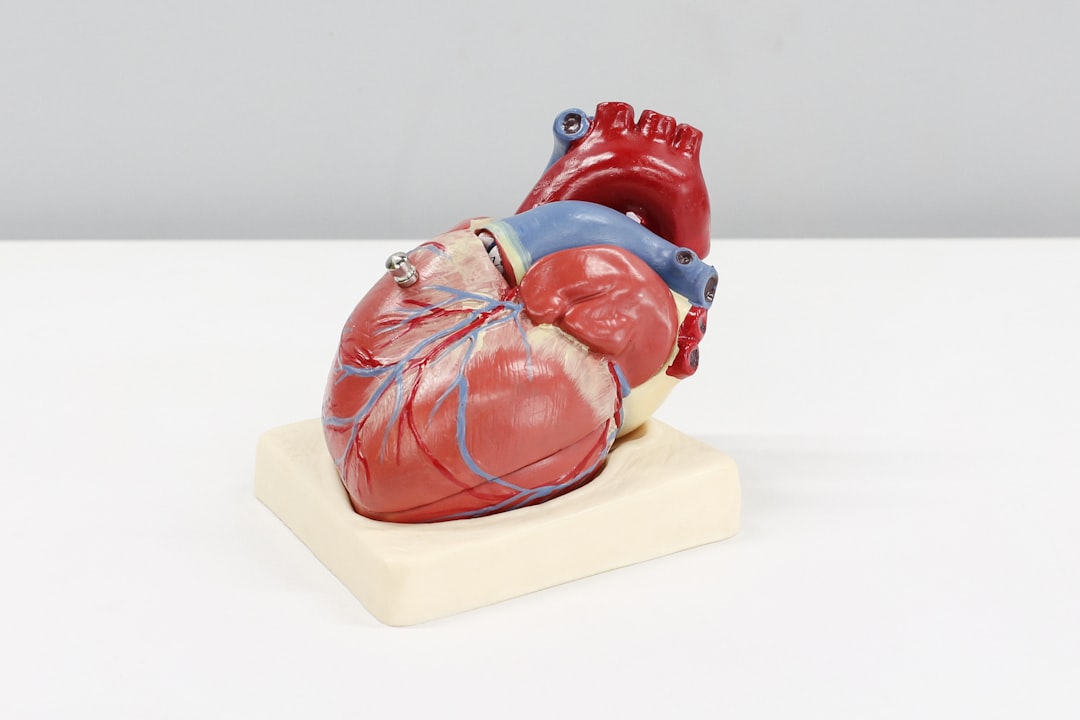What is it about?
The prognosis in patients after acute coronary syndromes (ACS) is significantly burdened by coexisting anaemia, leukocytosis and low glomerular filtration rate (GFR). Hyperglycaemia in the early stages of ACS is a strong predictor of death and heart failure in nondiabetic subjects. This study aimed to evaluate the effect of hyperglycaemia, anaemia, leukocytosis, thrombocytopaenia and decreased GFR on the risk of the failure of cardiac rehabilitation (phase II at the hospital) in post-ST-segment elevation myocardial infarction (STEMI) patients. Our research belong to the first, which was to evaluate the prognostic value of basic laboratory tests of blood in predicting the risk of failure of cardiac rehabilitation stationary.
Featured Image

Photo by Ali Hajiluyi on Unsplash
Why is it important?
In the available literature indicates dependence examined blood parameters regarding the risk of complications and death in patients with acute coronary syndromes. The prognosis of patients with ACS significantly reduces the concomitant anemia, leukocytosis and reduced GFR <60 ml / min. / 1.73 m.². There are no data evaluating the prognostic value of the examined blood parameters in relation to the results of cardiac rehabilitation. Our research in that respect belong to the first, which was to evaluate the prognostic value of basic laboratory tests of blood in predicting the risk of failure of cardiac rehabilitation stationary.
Perspectives
This work is to highlight the importance of basic laboratory tests of blood in the stratification of cardiovascular risk in patients with STEMI and indicate that to assess this risk can be used blood tests that are cheap and easily available.
Joanna Kapusta
Read the Original
This page is a summary of: Cardiac rehabilitation in patients with ST-segment elevation myocardial infarction: can its failure be predicted?, Therapeutic Advances in Cardiovascular Disease, May 2017, SAGE Publications,
DOI: 10.1177/1753944717706845.
You can read the full text:
Contributors
The following have contributed to this page










